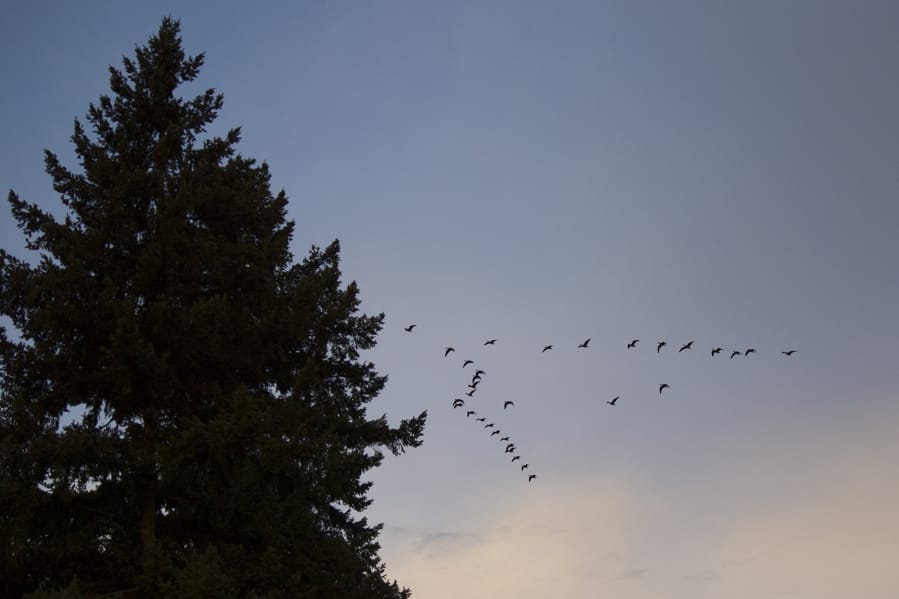Pamela Gunn feels both joy and anxiety as she walks out her Officers Row door and makes her morning birding rounds at the Fort Vancouver National Site. She loves visiting with feathered friends around the fort, but she’s worried how climate change and site redevelopment will affect their future prospects here.
“Such a beautiful morning,” Gunn said earlier this week, when The Columbian joined her for a stroll around the site and a preview of her Saturday afternoon birding talk. No matter the weather, she said, she explores the historic site daily, with eyes and ears open and binoculars at the ready. Gunn said she’s logged 68 different bird species during the three years she’s lived here.
What she enjoys is “not just the birds,” she said. “It’s the plants and critters, the trees and the beauty of it all.”
She also appreciates the sense of history that pervades the unique outdoor setting. Gunn, a retired nurse from a military family, had her eye on Officers Row for 15 years before jumping at the opportunity to move in there from downtown Seattle, she said.





